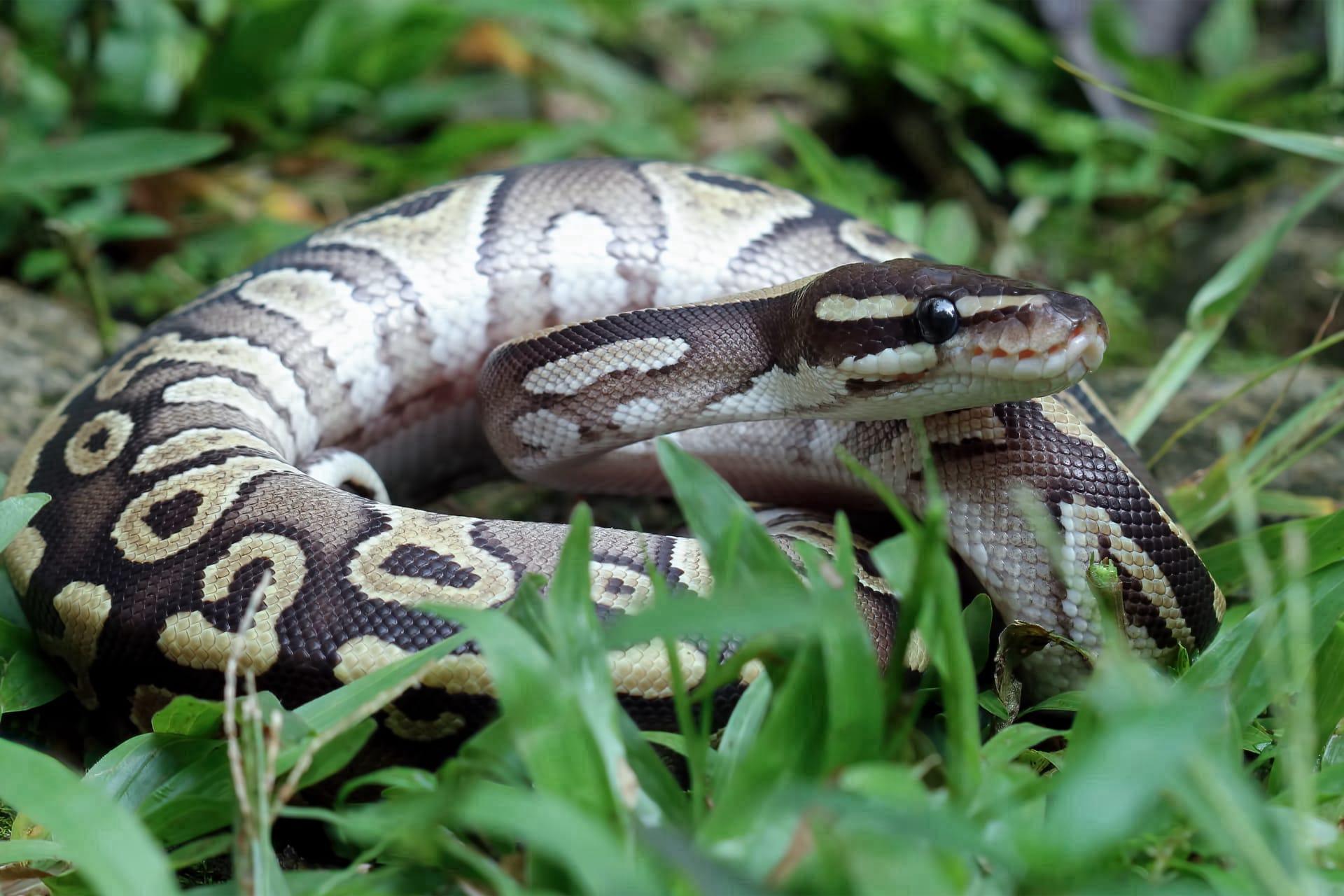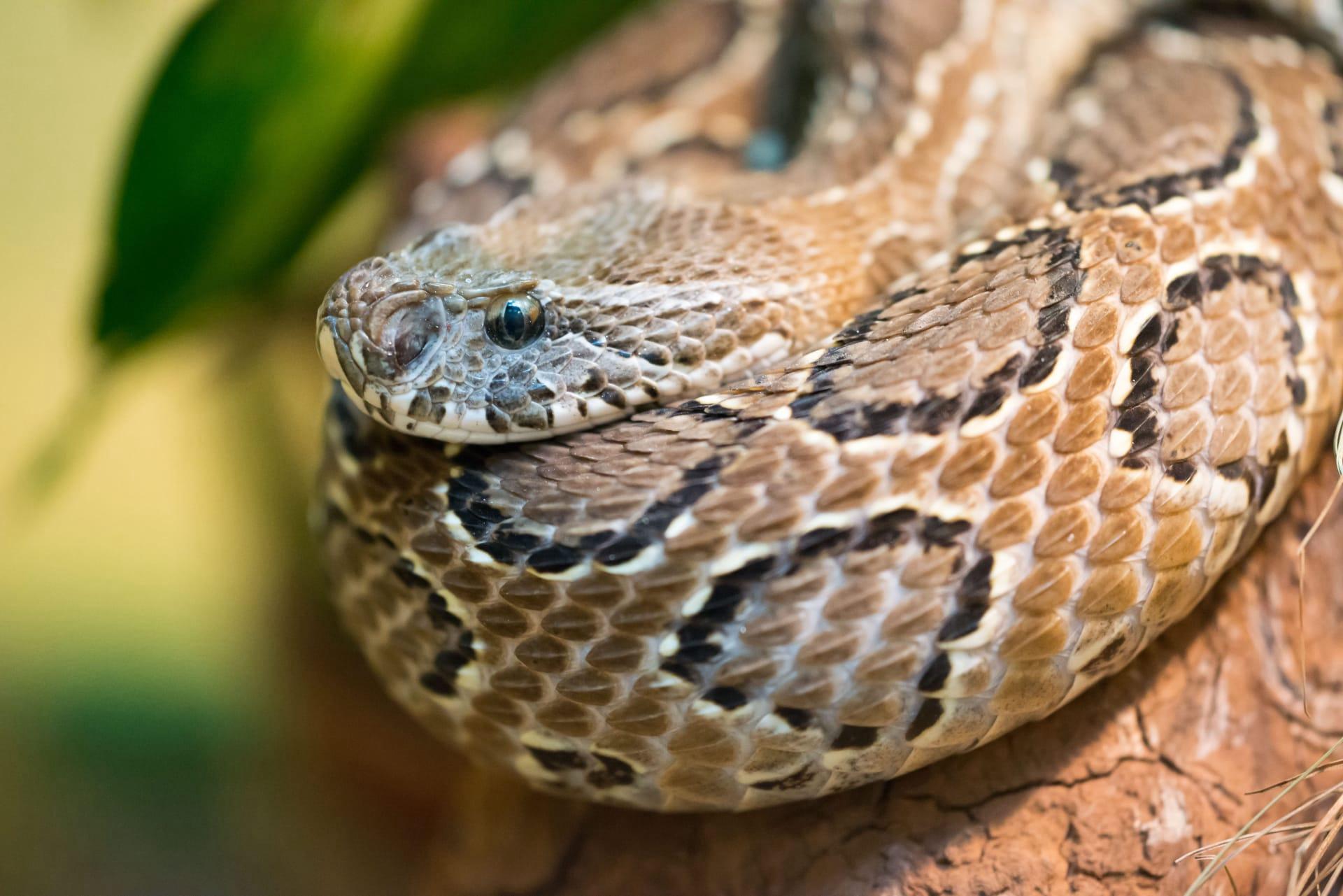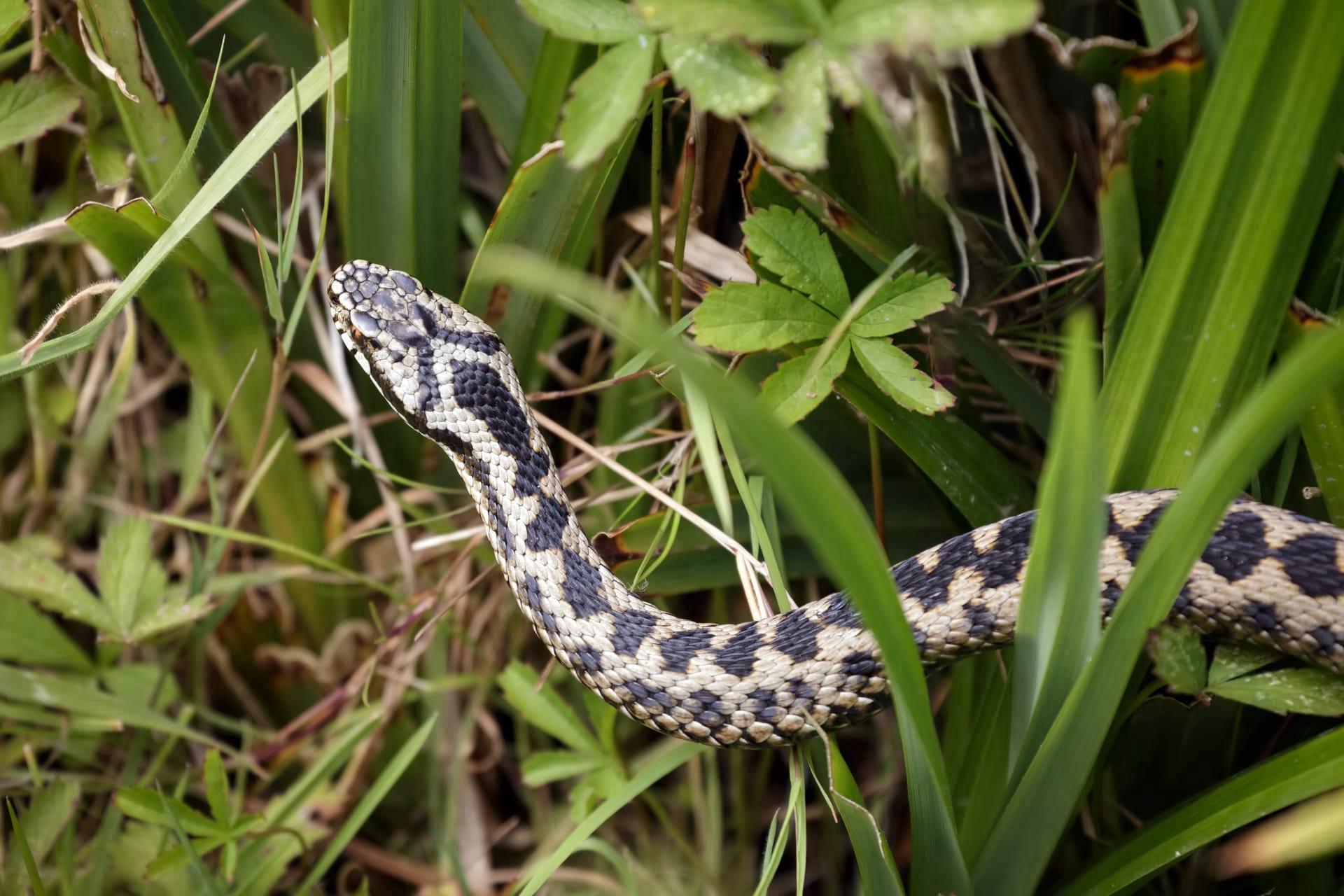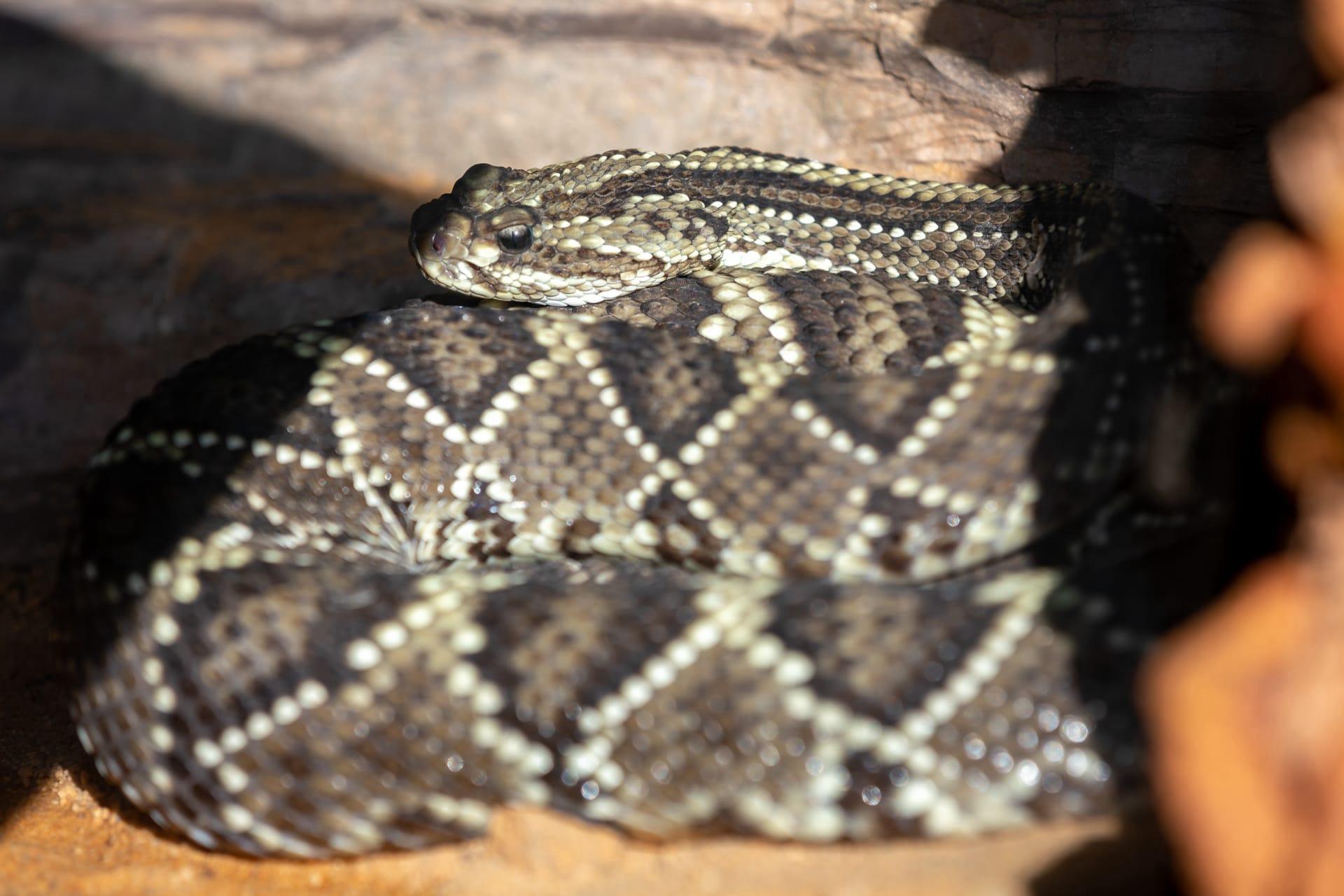1
Russell's Viper, scientifically known as Daboia russelii, is not just any ordinary snake. This venomous serpent, found predominantly in Asia, is known for its unique birthing process. Unlike many snakes that lay eggs, Russell's Vipers give birth to live young. A single female can deliver up to 35 babies in a single birthing event. Each newborn viper is about 9 inches (23 cm) long, fully formed, and ready to fend for itself. This viviparous nature is a fascinating adaptation for survival, as it doesn't require the mother to protect eggs from potential predators.
Another striking feature of Russell's Viper is its distinct sound. When threatened, it produces a hiss unlike any other snake. This hiss is often compared to the sound of a steam engine. This unique auditory warning is a result of its specialized respiratory system, designed to produce such a loud and distinct sound. This hissing serves as a defensive mechanism, warning potential predators or threats of its presence. This sound is so distinctive that locals can often identify a Russell's Viper solely by its hiss, even without seeing the snake.

2
Russell's Viper's venom is a complex cocktail of toxins, and it has a unique effect on blood. One of the most fascinating aspects is its ability to affect blood clotting. The venom contains enzymes that can cause the victim's blood to coagulate unusually fast, leading to the formation of clots. This can result in severe bleeding disorders, as the body's clotting factors are used up rapidly. In some cases, the venom can also cause a sudden drop in blood pressure, which can lead to shock.
The pattern on the Russell's Viper's body is not only for camouflage but also plays a role in thermoregulation. The viper's skin is covered in a pattern of bold, contrasting colors, which helps it blend into its surroundings. But beyond camouflage, these colors have a secondary function. The dark patches on its skin absorb more heat from the sun, while the lighter areas reflect it. This pattern allows the snake to regulate its body temperature more efficiently, an essential adaptation for an ectothermic (cold-blooded) creature living in varied environments.

3
Russell's Viper is renowned for its hunting strategy. It's a sit-and-wait predator, meaning it remains motionless and camouflaged until prey comes within striking distance. This strategy is particularly effective due to its exceptional ability to blend into the environment. It can wait for hours, even days, without moving, demonstrating incredible patience. When a prey item, such as a rodent, comes close enough, the viper strikes with lightning speed, injecting its potent venom.
Despite its fearsome reputation, Russell's Viper plays a crucial role in traditional medicine in some Asian cultures. Its venom is used in small, controlled doses for medicinal purposes. Researchers have discovered that certain compounds in the venom can be beneficial for developing anticoagulant drugs, which are critical in treating heart attacks and strokes. This highlights the viper's ecological importance, showing that even the most feared creatures can have beneficial contributions to human health and medicine.

4
Russell's Viper has an exceptional sense of smell, which it uses for hunting and navigation. It doesn't rely solely on its eyesight; instead, it uses its forked tongue to 'taste' the air. This Jacobson's organ, located in the roof of its mouth, is highly sensitive and can detect prey from a significant distance. This adaptation allows the viper to be an effective nocturnal hunter, able to track down prey even in complete darkness.
Female Russell's Vipers are known for their territorial nature during the breeding season. They select and defend a specific area, showing aggression towards other female vipers. This territorial behavior is relatively rare among snakes. It ensures that the female has access to optimal resources, such as food and a safe place for birthing, which is crucial for the survival of her offspring. This behavior also suggests a level of individuality and spatial awareness that is quite sophisticated for reptiles.

5
The lifespan of Russell's Viper is another aspect that sets it apart. In the wild, these vipers can live up to 15-20 years, which is considerably long for a snake. This longevity is partly due to their efficient hunting strategies and effective defensive mechanisms. Their ability to survive for such extended periods in the wild underscores their adaptability and resilience in various environments.
Russell's Viper has a unique ecological impact on its habitat. It plays a pivotal role in controlling the population of rodents and other small mammals, which are its primary prey. By keeping the rodent population in check, these vipers indirectly help in controlling the spread of diseases and damage to crops. This makes them an essential part of the ecosystem, highlighting the importance of snakes in maintaining ecological balance.